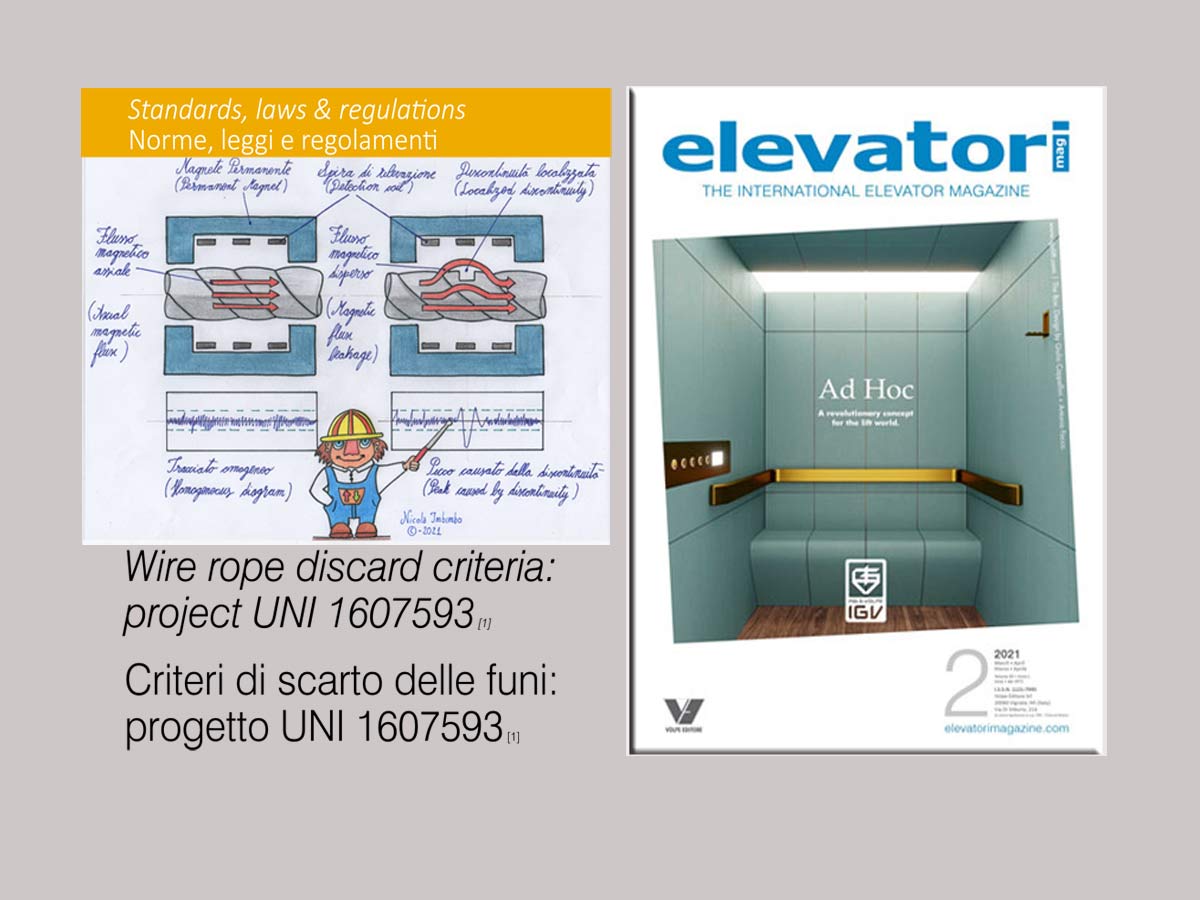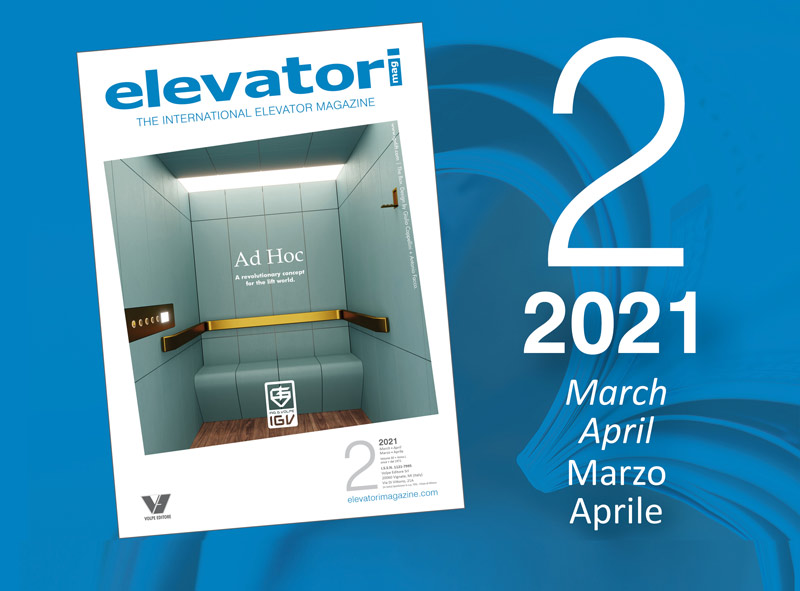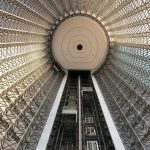Wire rope discard criteria
Nicola Imbombo – Read the author’s biography
Wire rope discard criteria – Preamble: for which reason a technical specification

The suspension ropes for elevators, although not a safety component nor for the purposes of the Machinery Directive neither for Lift Directive, are nevertheless items of importance for the safety and proper working of elevators.
For this reason, it was considered appropriate to set up a working group at UNI in order to issue a technical specification to update the discard criteria for suspension wire ropes for elevators.
It was decided to use the tool of the Technical Specification as it has introduced the voluntary possibility of being able to use non-destructive test methods to supplement the visual examination. The Technical Specification is a document provisionally adopted at the national level by UNI and made available to the public in order to acquire the necessary experience deriving from its application based on which a standard will be developed.
Wire rope discard criteria: project UNI 1607593 – INTRODUCTION
The first metallic wire rope in history where we have documented information dates to 1834. Attributed to Wilhelm Albert, a German mining engineer responsible for operating the mine in the Harz mountains (in Lower Saxony).
Why does this first rope play such an important role in our interest in discard criteria? The answer is very simple: the design of this rope was extremely simplified, to the point that it was conceived with the idea of periodic verification at its basic structure.
After almost 190 years, the situation has remained unchanged: the wire ropes are still the main suspension element of elevators and the concept of visual periodic verification is still valid.
VISUAL VERIFICATION OF WIRE ROPES SUPPLEMENTED WITH NON-DESTRUCTIVE METHODS
In an era in which technological progress has taken over, empirical methodologies are still being used, such as that of the ‘wooden stick’ to identify the most damaged section of the suspension ropes to be subjected to visual examination.
The intent of the technical specification, whose project code is UNI 1607593, is to introduce the possibility, on a voluntary basis, of supporting the visual examination of the ropes, with a non-destructive test, based on the magneto-inductive technique.

You can read the full article in Elevatori Magazine No. 2/2021.
You can purchase this issue of Elevators Magazine, print or digital, by emailing elemail@elevatori.it.
Read more:




